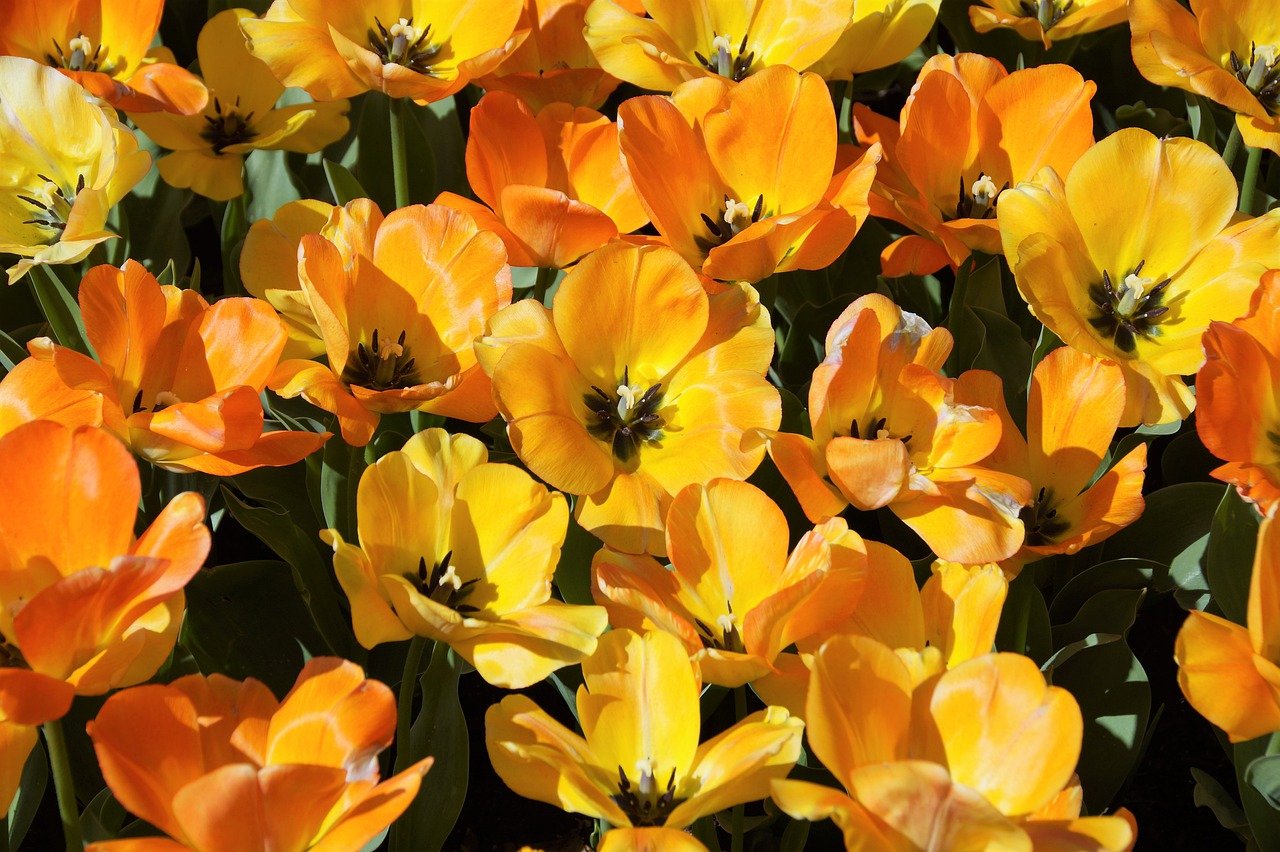
The allure of fresh-cut blooms adorning your home throughout the season is undeniable. But for gardeners in Zone 5, with its unpredictable springs and shorter summers, achieving a vibrant cut flower garden can seem daunting. Fear not, fellow flower enthusiasts! With careful planning and the right plant choices, your backyard can transform into a haven for beautiful blooms, ready to be snipped and displayed with pride.
Planning Your Zone 5 Cut Flower Paradise
Embrace the Seasons:
Zone 5 experiences a wide range of temperatures, so consider planting a mix of flowers with staggered bloom times. This ensures a continuous supply of blooms from early spring to late fall, allowing you to enjoy nature’s bounty throughout the season.
Sunshine Savvy:
Sunlight plays a crucial role in flower development. Analyze your garden space and map out areas receiving full sun (at least 6 hours a day) for sun-loving flowers like zinnias and sunflowers. Don’t despair if your garden has limited sunlight; shade-tolerant beauties like columbine and foxgloves will thrive in dappled light.
Know Your Soil:
Understanding your soil type is essential for choosing plants that will flourish. Conduct a simple soil test to determine its pH and nutrient content. Amending your soil with compost or organic matter can significantly improve drainage and fertility, creating a haven for your floral companions.
Best Flowers For A Thriving Zone 5 Cut Flower Garden
Springtime Symphony :
- Pansies: These cheerful violas boast an abundance of vibrant blooms in cool spring weather, adding pops of color to early-season bouquets.
- Tulips: Classic and elegant, tulips come in a dazzling array of colors and offer long-lasting blooms in late spring and early summer.
- Daffodils: These sunshine-yellow harbingers of spring are low-maintenance and deer-resistant, making them perfect for carefree gardeners.
Summertime Spectacle :
- Zinnias: Renowned for their vibrant hues and long, sturdy stems, zinnias are a must-have in any cut flower garden. They readily self-sow, ensuring a continuous bloom throughout the summer.
- Sunflowers: Towering over other plants, sunflowers add height and drama to bouquets. Opt for dwarf varieties like ‘Sunbeam’ or ‘Teddy Bear’ for smaller gardens.
- Cosmos: These airy and delicate blooms come in various colors and are known for their ease of care. Deadheading (removing spent blooms) encourages continuous blooming throughout the summer.
Autumnal Artistry:
- Asters: These late-blooming beauties come in a spectrum of colors and offer long-lasting blooms perfect for fall arrangements. Their nectar-rich flowers also attract pollinators, adding an ecological benefit to your garden.
- Celosia: Commonly known as cockscomb, celosia offers unique, feathery blooms that add texture and visual interest to fall bouquets.
- Marigolds: These cheerful yellow and orange blooms not only add a touch of sunshine to fall gardens but also deter unwanted pests, making them a beneficial companion plant.
Bonus Blooms:
- Lisianthus: Often referred to as the “poor man’s orchid,” lisianthus offers delicate, rose-like blooms in various pastel shades. They are known for their impressive vase life, making them a valuable addition to any cut flower arrangement.
- Snapdragons: These captivating flowers come in a wide range of colors and have a unique, snapdragon-shaped flower that adds a whimsical touch to bouquets.
Cultivating Success: Planting and Care Tips (h2)
Sow the Seeds:
- Direct Sowing: Plant seeds of cold-hardy flowers like pansies, poppies, and larkspur directly outdoors in early spring once the soil temperature warms up.
- Seed Starting: For heat-loving flowers like zinnias, marigolds, and cosmos, start seeds indoors 4-6 weeks before the last frost date. Transplant seedlings outdoors once they have developed several sets of true leaves and the danger of frost has passed.
Planting Wisdom:
- Space your plants according to their mature size to allow for proper air circulation and prevent overcrowding. Refer to the specific spacing recommendations for each flower variety.
- Water your plants regularly, especially during hot and dry periods. Aim to provide deep watering, soaking the soil thoroughly, rather than frequent shallow watering.
- Deadheading spent blooms throughout the season encourages continuous flowering and prevents the plant from going to seed.
The Joy of Harvest: Cutting and Enjoying
Cut with Confidence:
- Use sharp pruners or shears to cut stems at a diagonal angle, just below a leaf node. This increases the surface area for water absorption and promotes longer vase life.
- Harvest flowers early in the morning when the blooms are cool and turgid.
Extend the Beauty:
- Prepare a clean vase filled with fresh, cool water. Add a floral preservative, following the manufacturer’s instructions, to nourish the flowers and extend their vase life.
- Regularly change the water in the vase (every 1-2 days) and recut the stems at an angle to prevent bacteria growth and promote water uptake.
